How to Reduce Pimples Swelling: Top Tips for Clear Skin
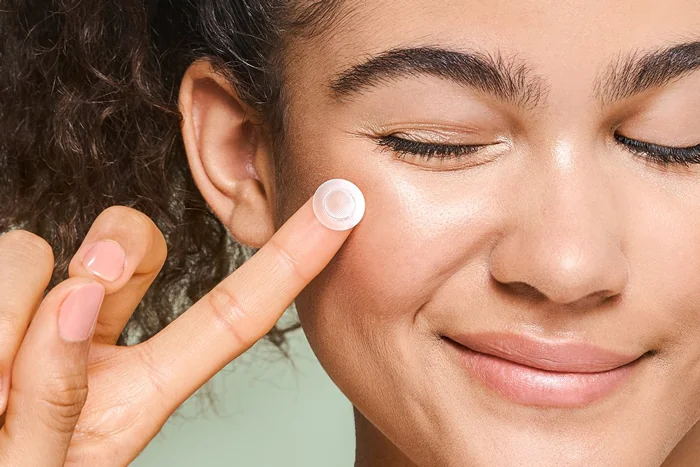
Are you tired of waking up to a face full of pimples? Are you looking for quick and easy ways how to reduce pimples swelling? The situation may seem hopeless, but all is not lost. What you need is a little bit of time, patience, and experimentation.
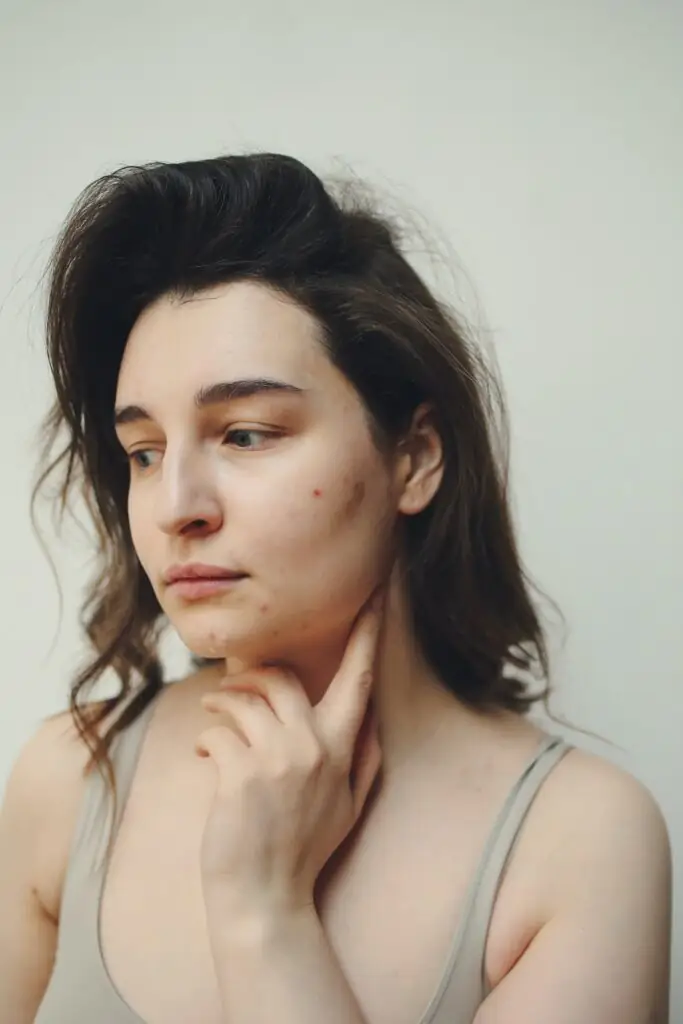
If you’re wondering how to reduce pimple swelling on your face quickly and effectively, then keep reading! In this article, we will provide top tips and tricks that have been tried and tested by dermatologists worldwide.
These tips range from natural remedies to over-the-counter products designed specifically for acne-prone skin. With our guidance, you’ll be able to say goodbye to pesky pimples once and for all! Get ready to say hello to healthy-looking skin with these easy-to-follow steps.
What Is Pimple Swelling
Knowing your enemy is half the battle, so let’s break down the cause of the problem before we learn what helps pimple swelling go down.
We use the term ‘pimple swelling’ when talking about a pimple or acne blemish that is inflamed or enlarged. The pimple itself occurs when excess oil production leads to a buildup of dead skin cells and bacteria. This clogs your skin pores, providing the perfect conditions for a pimple to manifest.
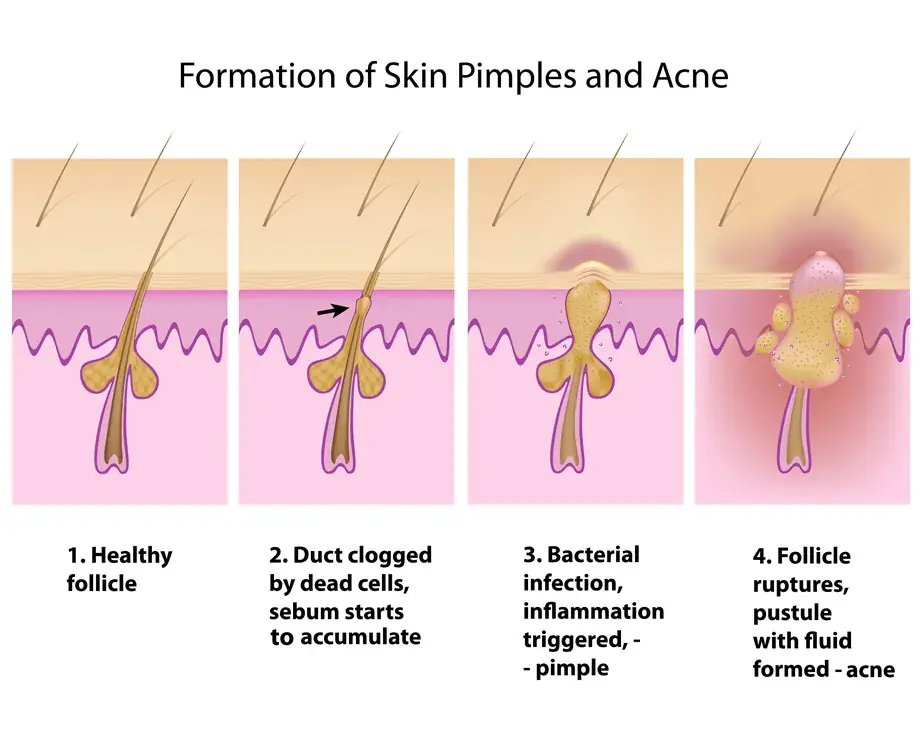
Ironically, your own body also plays a role. Your immune system responds to the bacteria and tries to attack them. This leads to the spot becoming red, swollen, and tender to the touch. The inflammation gives the pimple a more noticeable appearance, which is why it stands out so much.
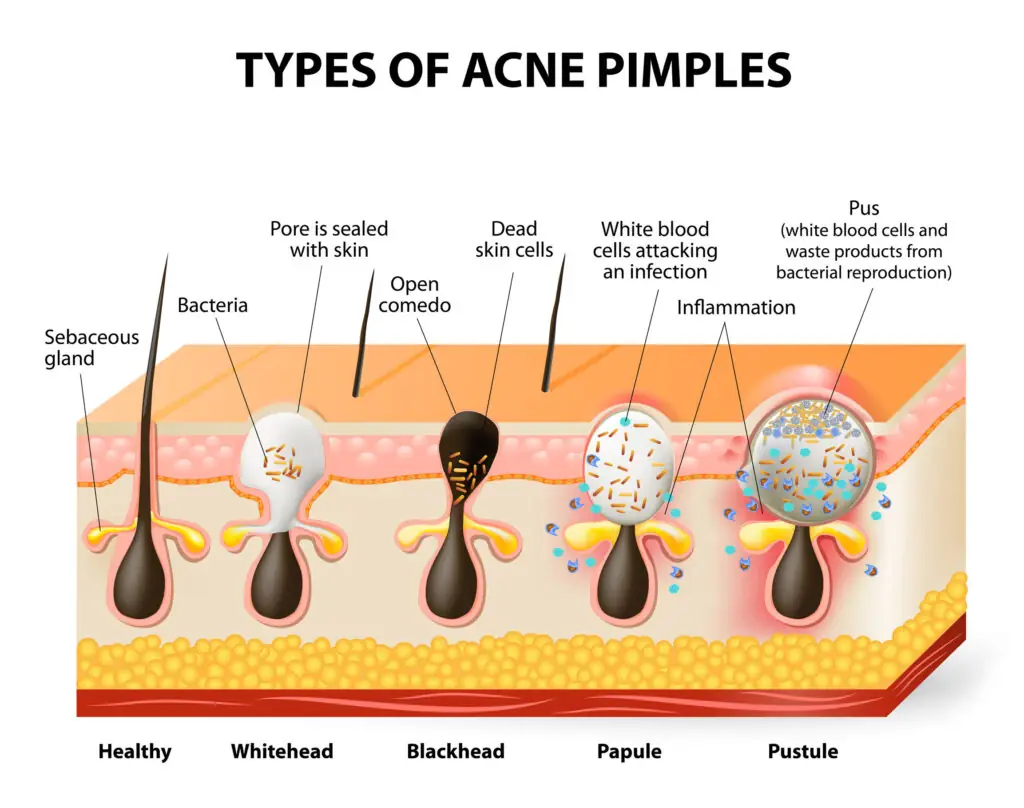
It’s important to reduce this swelling, both for cosmetic reasons and to prevent further damage and scarring to the skin. Luckily, there are many ways to help reduce pimple swelling!
Use Ice to Reduce Swelling
If you’re wondering how to reduce pimple swelling on your forehead or any part of your face, consider using ice. It may be a basic solution, but it’s quite effective across the board. Give this one a try before you experiment with other approaches. Not only does it help reduce inflammation, but it also tightens pores and improves blood circulation.
Simply wrap some ice cubes in a clean cloth and apply it gently on the affected area for about five minutes.
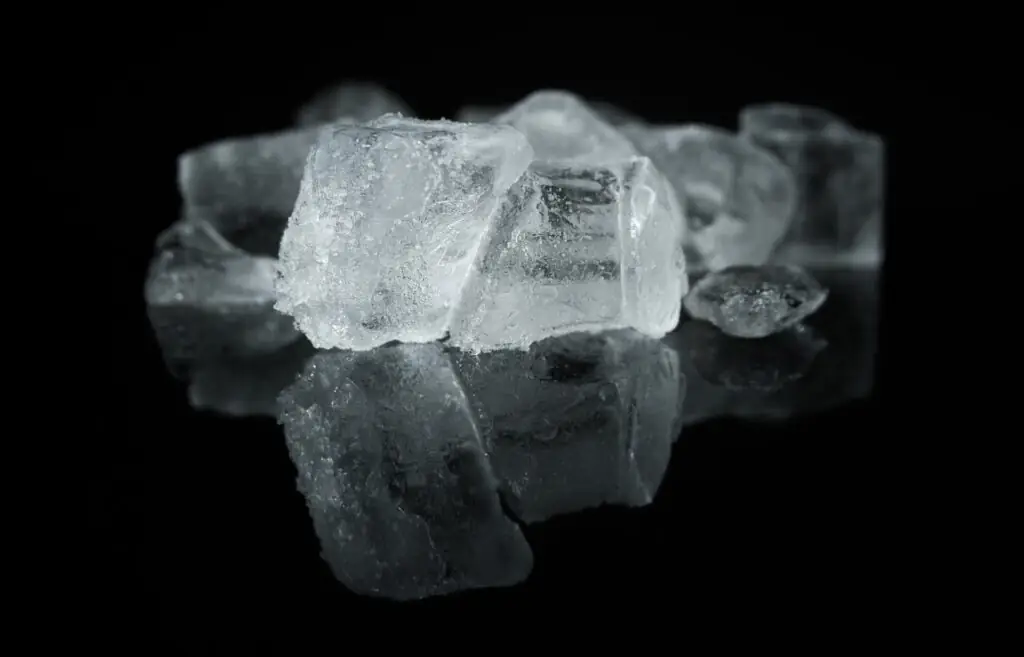
But what if you need to attend an important event tomorrow? How to reduce a swollen pimple overnight?
Here’s what you can do. Place the wrapped (towel or cloth) ice cubes in the freezer until they are slightly frozen (but not completely). Then, hold them against your pimple for up to fifteen minutes before going to bed. This will help soothe the skin and decrease inflammation while you sleep.
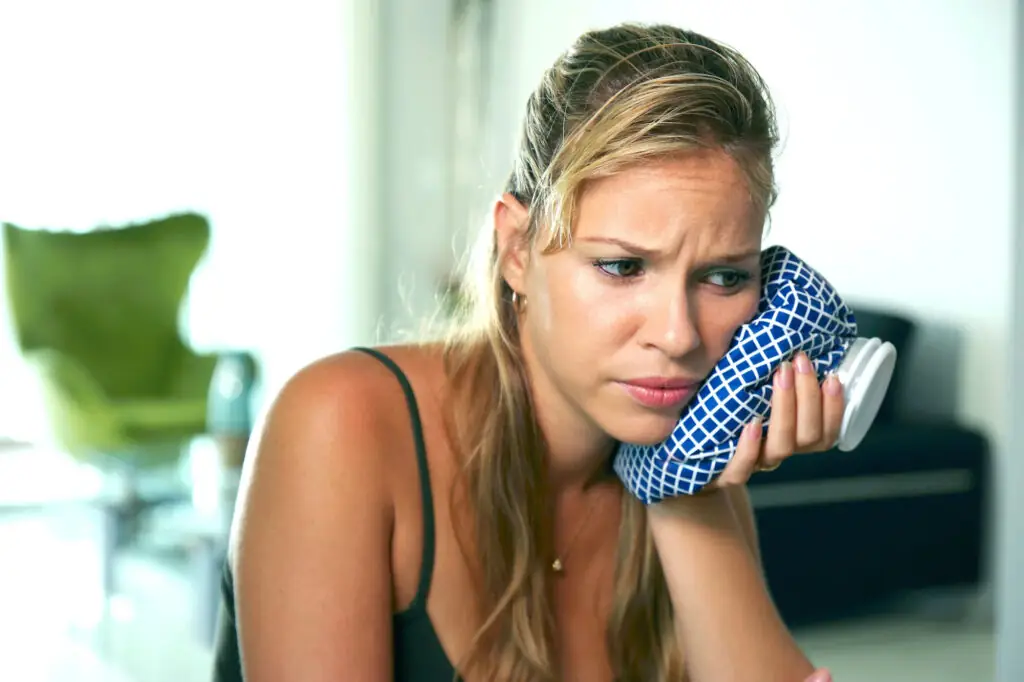
Remember, patience is key when dealing with pimples. Refrain from over-ice the area, or you’ll make things worse instead of helping.
Try Over the Counter Treatments
When it comes to how to reduce under skin pimple swelling, there are a variety of over-the-counter treatments available. Are they all effective? Yes and no: it depends on your skin type and your body’s make-up. What works for one person does not necessarily benefit another. As such, you’ll need to work with an approach that’s suitable for your skincare needs.
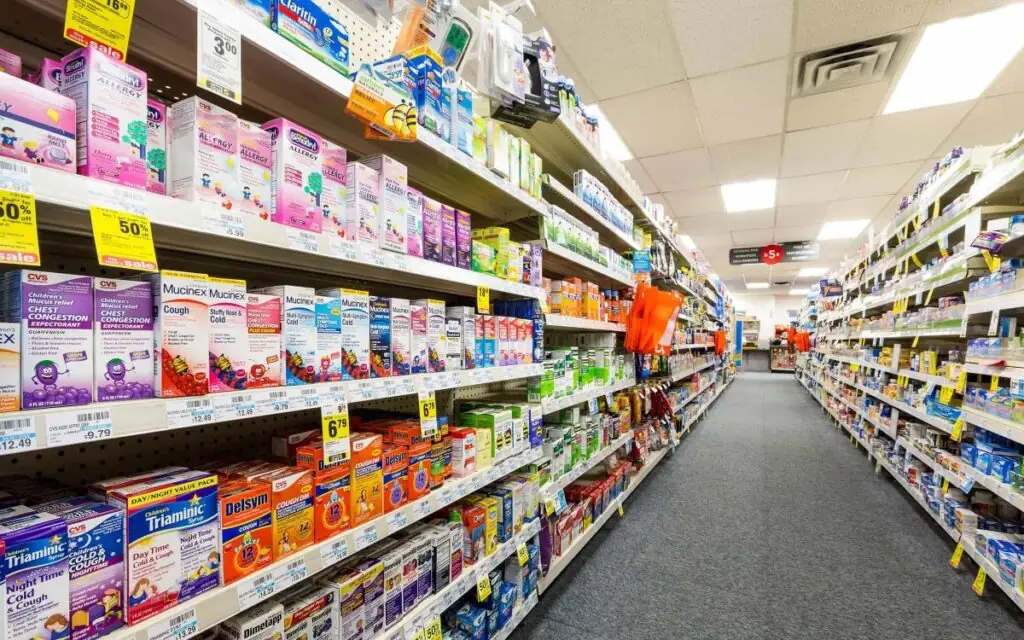
To avoid making things worse, always do a patch test. Basically, you apply the product to a small area of the skin and wait. If you observe any side effects or an allergic reaction, do not use that product. It may be tempting to just skip this step, but don’t do it. At best, the product won’t work or merely irritate the pimples. At worst, you’ll end up with a medical emergency.
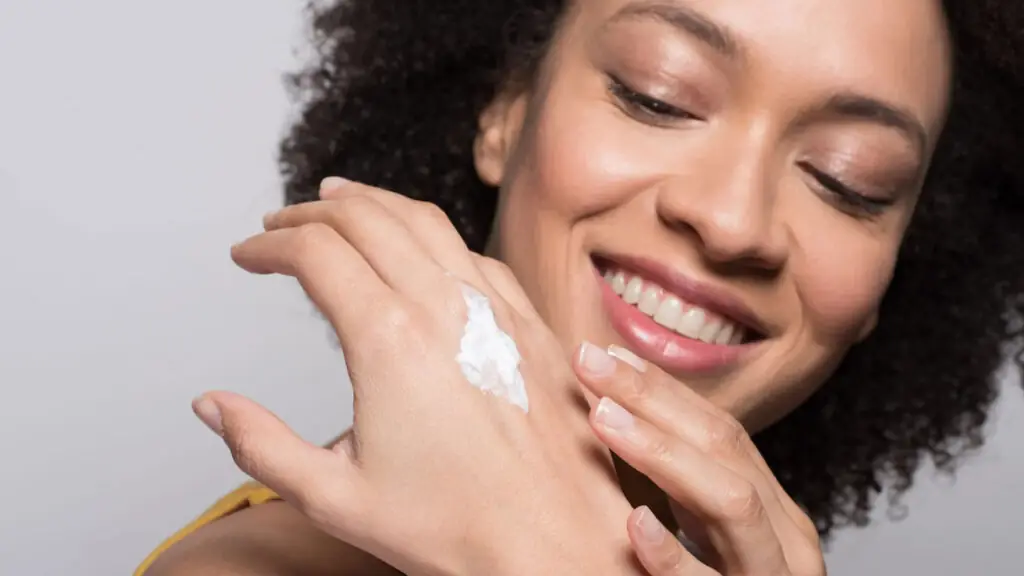
Additionally, make sure to read and follow the instructions carefully in order to get the best results possible. Here are the over-the-counter treatments that you can try:
Salicylic Acid
This miracle liquid is known to work wonders. It’s often the go-to solution for people wondering how to remove pimple swelling from their face. It penetrates deep into your pores and exfoliates the dead skin cells that clog them up. This unclogging of pores helps reduce inflammation and redness associated with pimples. And voila! You’re left with clearer, smoother skin.
Now that we know how it works, let’s dive into how to use it effectively:
- Use a gentle cleanser before applying salicylic acid.
- Apply it only on affected areas using a cotton swab or pad.
- Let it sit for 5-10 minutes before rinsing it off with water.
- Don’t overdo it — use it only once or twice a day.
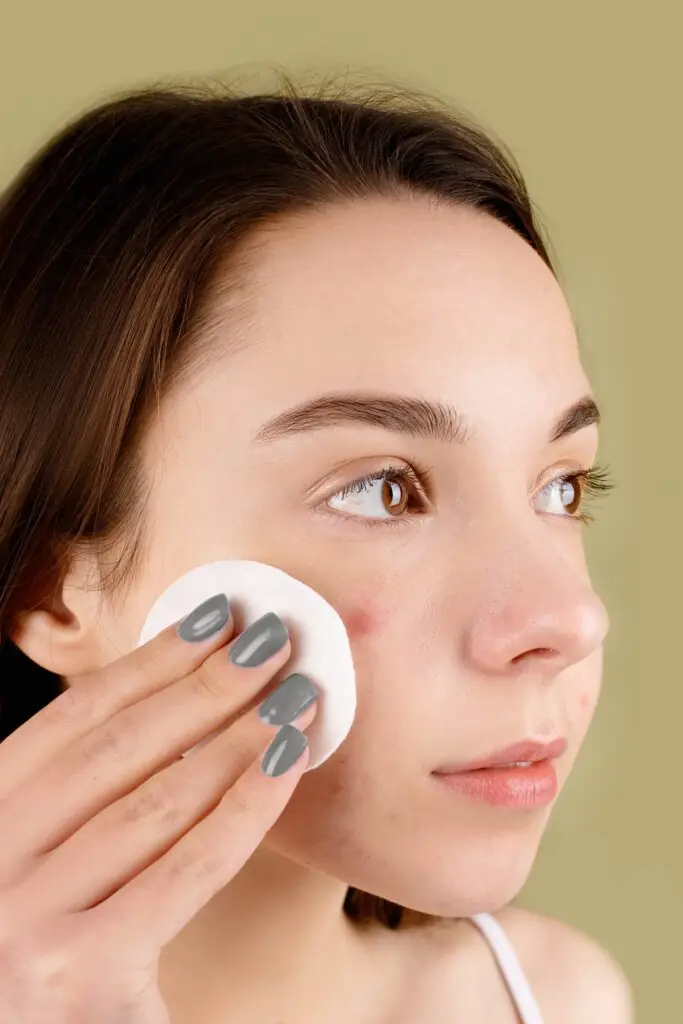
With consistency and patience, incorporating salicylic acid into your skincare routine can help be a game changer.
Pimple Patches
But what if you want to know how to reduce pimple swelling and redness with something very easy to apply? If you don’t have the patience to use cotton, swabs. You should definitely try pimple patches. These are special band-aids that contain ingredients like hydrocolloids that can help absorb excess oil and bacteria from the pimple. Think of it as a set-and-forget solution.
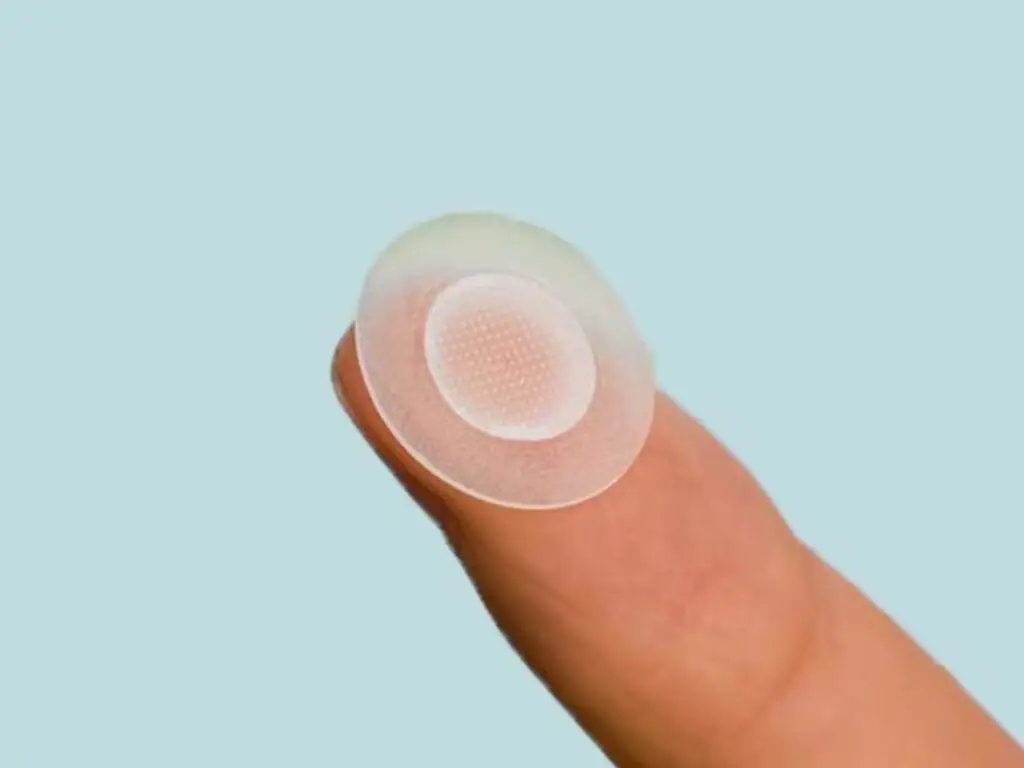
However, before you apply the patches, you need to cleanse your face. Use your preferred solution before rinsing your face with water. Then, pat dry your face and apply the patch directly onto the affected area. To get the best results, keep it on for several hours. Better yet, wear it overnight so you won’t have to go out while wearing the patch.
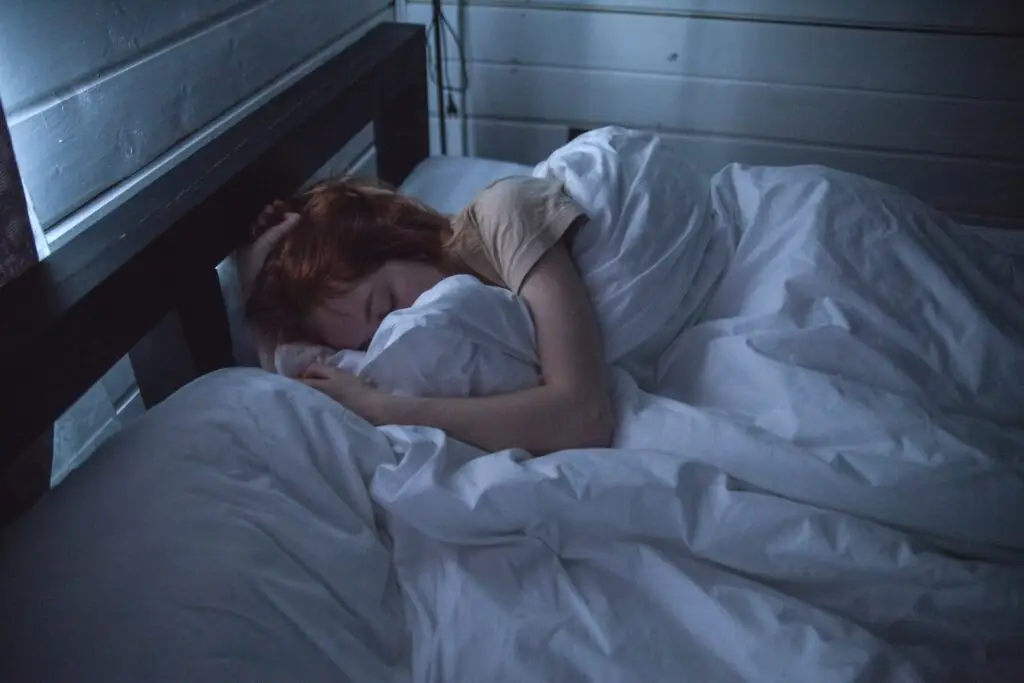
One of the benefits of using pimple patches is that they provide a barrier between your fingers and the pimple. This also reduces the temptation to pick at the sore area. The patch can prevent further irritation and infection, as well as scarring.
Overall, pimple patches can be an effective answer to how to reduce pimple swelling, especially on the nose, where it is very easy to apply the patch. However, if you have persistent acne or severe breakouts, it’s important to consult with a dermatologist.
Essential Oils
Essential oils? Really? Yes, these are the same essential oils that are used to make perfumes. However, they can also help you achieve great skin if you know how to use them correctly. In fact, they’re an excellent choice for people who are looking for how to reduce pimple swelling overnight naturally.
Here are three essential oils that you can try out:
- Tea tree oil: This powerful oil has antimicrobial properties that help kill bacteria on your skin. Dab a drop or two onto your pimple and let it work its magic.
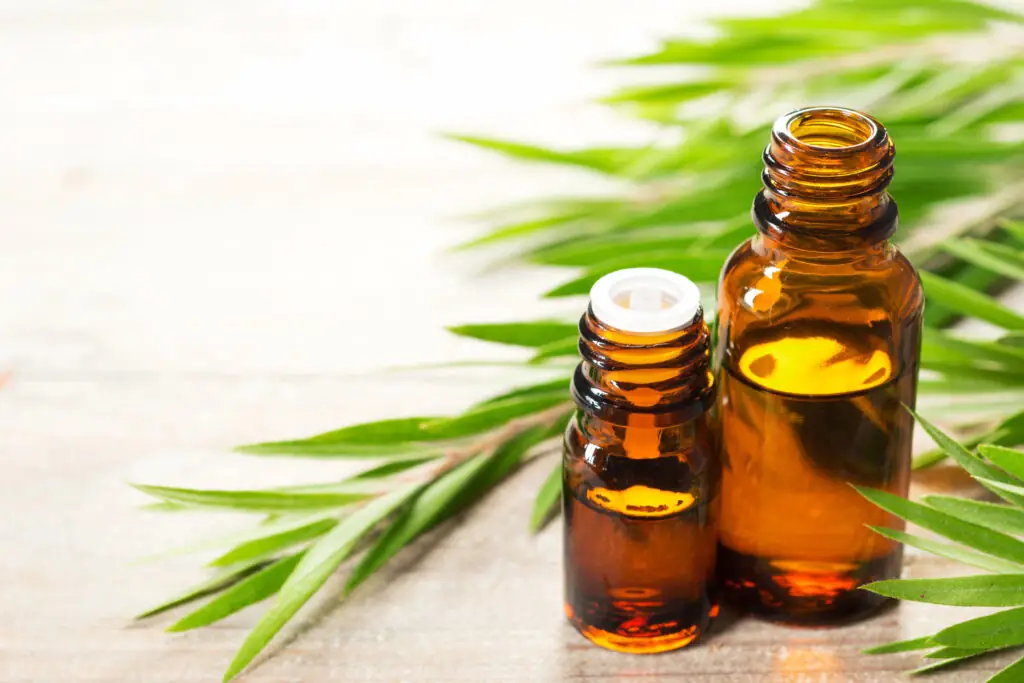
- Lavender oil: Not only does lavender smell amazing, but it also helps soothe inflamed skin. Apply a few drops onto your face before bed and wake up with reduced redness.
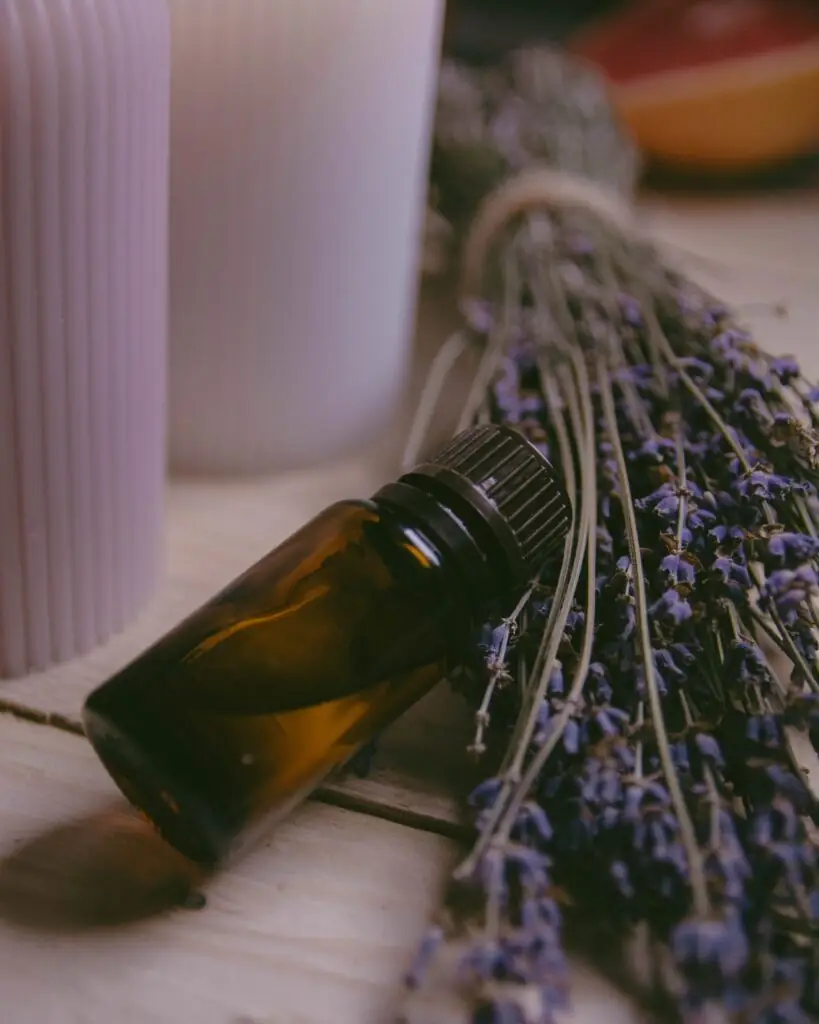
- Peppermint oil: The cooling sensation of peppermint oil can help calm down angry breakouts. Mix a drop or two into a carrier oil and apply it all over your face for a refreshing experience.
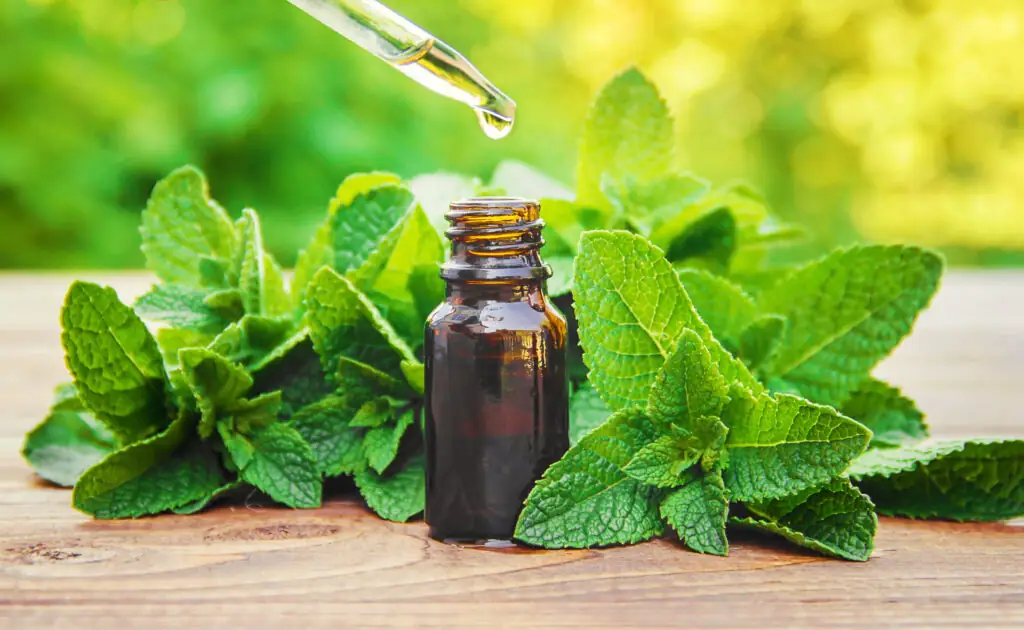
Keep in mind, though, that just because these are natural remedies doesn’t mean they’re not powerful against pimples. Carefully read the instructions and, if necessary, dilute the essential oils using carrier oils like jojoba oil or sweet almond oil. Always patch-test them first to avoid any adverse reactions.
Face Mask
Face masks can be an effective way to reduce pimple swelling. Here are five types of face masks that may help:
- Clay mask: Absorbs excess oil and impurities from pores.
- Honey mask: Antibacterial properties fight bacteria and soothe irritated skin.
- Aloe vera mask: Calms inflammation and redness.
- Charcoal mask: Draws out impurities and toxins from pores.
- Yogurt mask: The lactic acid exfoliates dead skin cells.
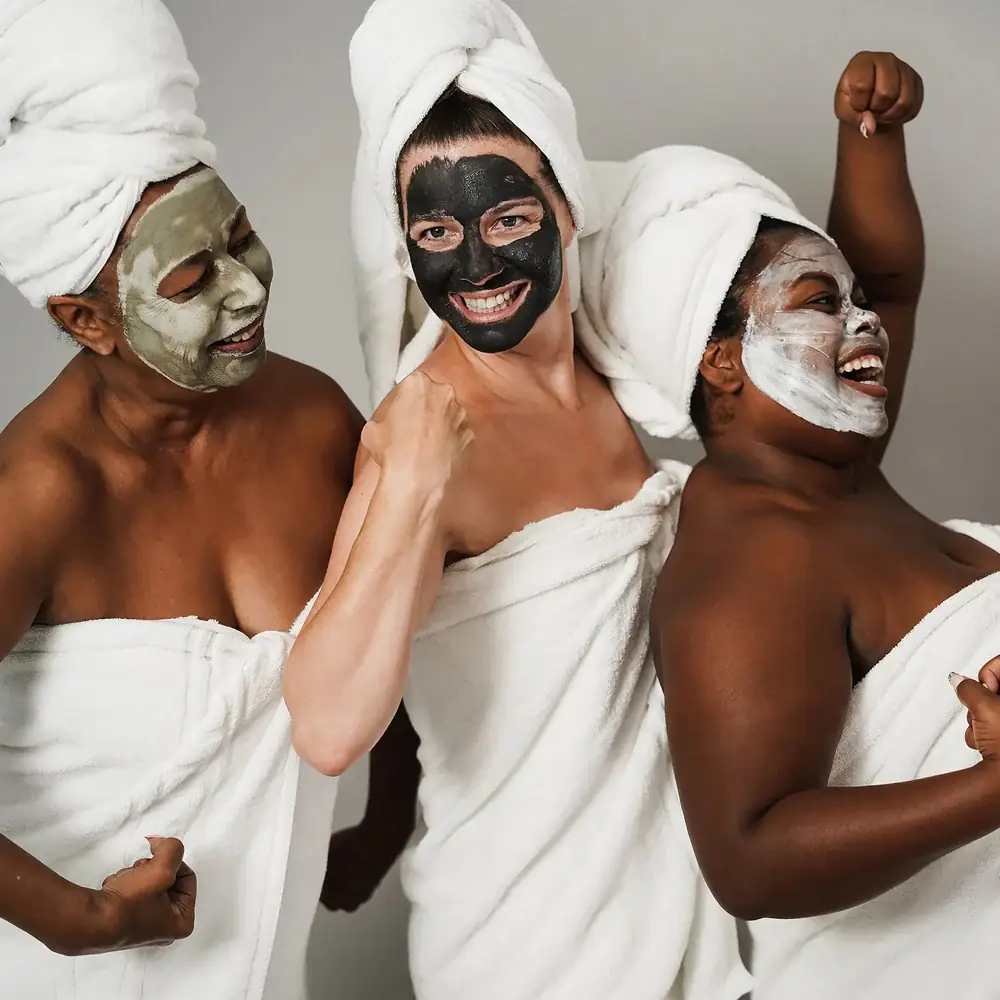
Always follow the product instructions carefully. Start by cleansing your face before applying the mask evenly. Leave it on for the recommended time frame before rinsing off with warm water. Be sure to moisturize afterward.
Peroxides
Peroxides are powerful chemicals that help fight the pus and bacteria trapped in your pimples. Don’t let the term chemical scare you. Chemicals can be both harmful and beneficial. The key is to use the suitable chemical, at the right dose, for the correct purpose. Do this, and you’ll have fantastic skin with virtually no significant side effects.
Firstly, you can find over-the-counter topical treatments that contain benzoyl peroxide. These ingredients help unclog pores and reduce inflammation when applied directly to the affected area. However, always start with a lower concentration, especially if you have sensitive skin. You can get a more concentrated solution if your acne proves to be stubborn.
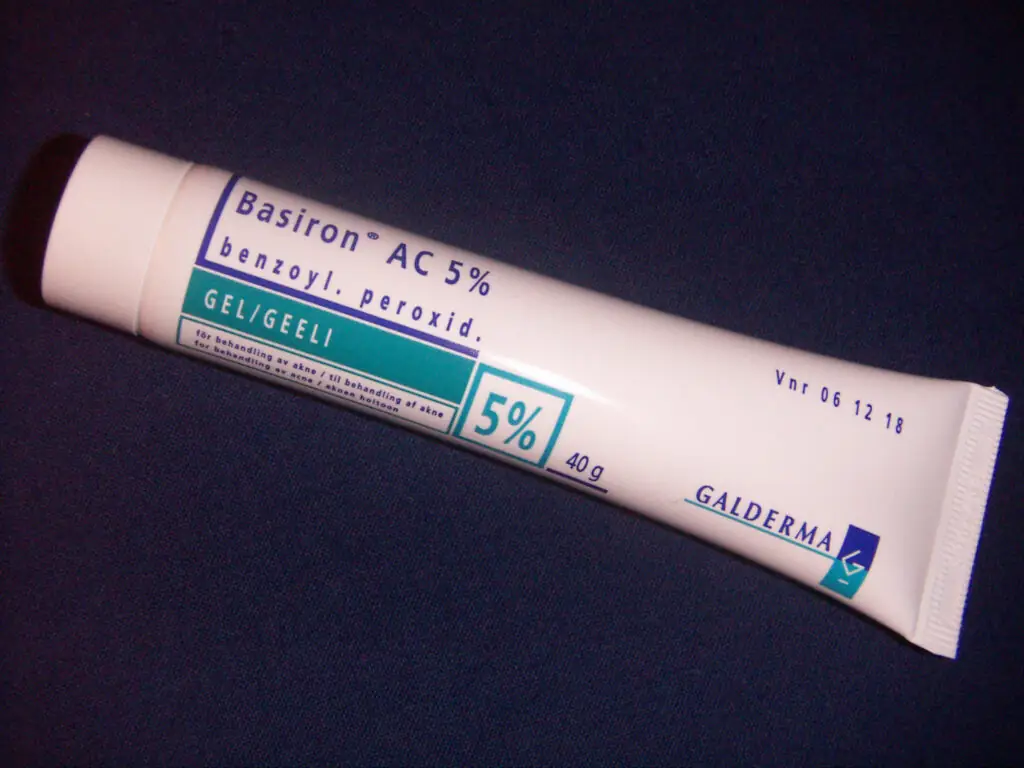
Hydrogen peroxide is another option. You most likely know about it because it’s commonly used to bleach hair. Dilute it with water for a gentler action, or apply directly with a cotton swab. This will dry out the pimple quickly and prevent further infections.
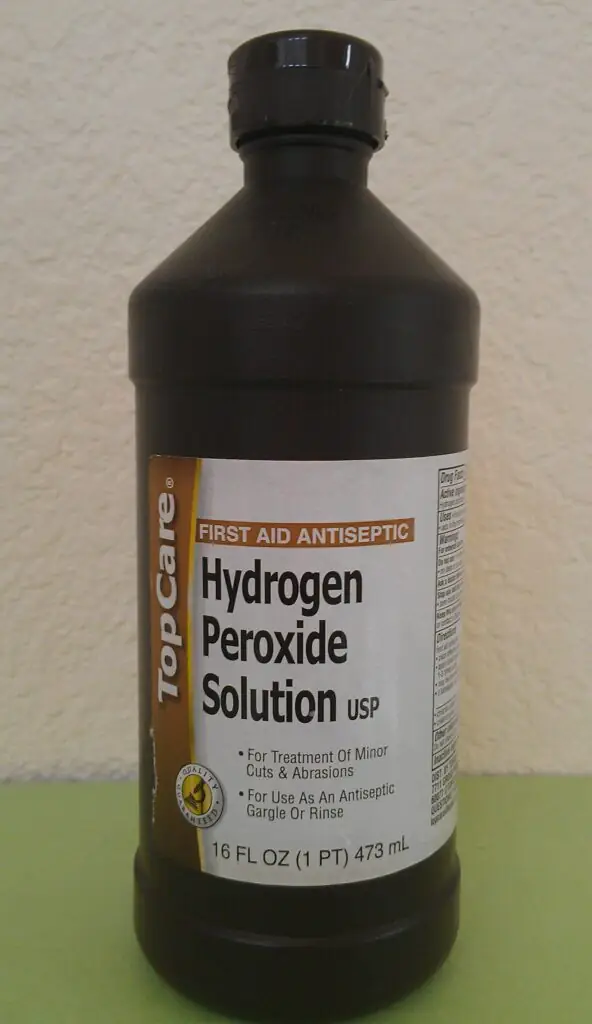
Just remember to always patch-test any new products before applying them all over your face.
Practice Good Skincare Habits
The first step is to cleanse your face twice daily using a gentle cleanser that suits your skin type. This helps remove dirt and excess oil from your pores, preventing them from clogging and resulting in pimples. After cleansing, use a toner containing salicylic acid or witch hazel, as these ingredients help clear the pores even further by reducing inflammation, which brings down the chances of developing new breakouts.
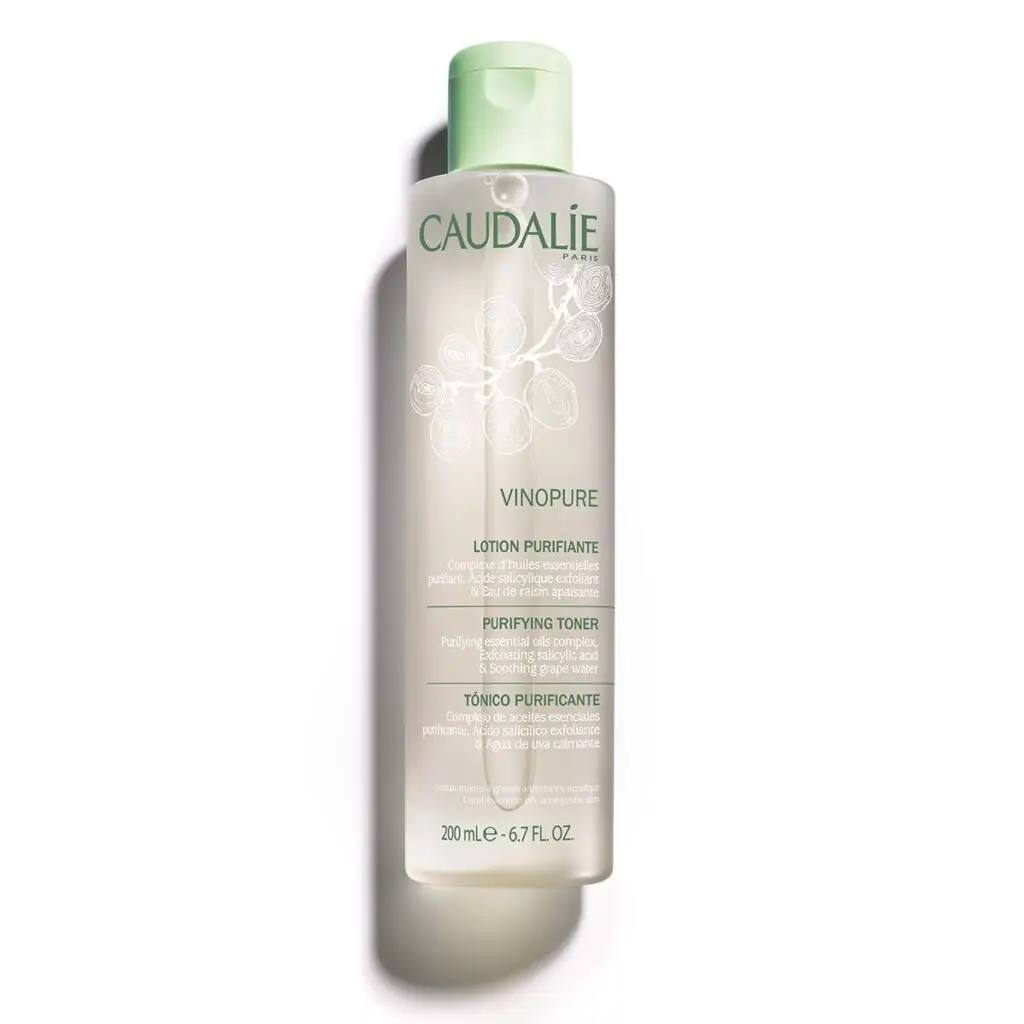
Next, make sure you moisturize your skin regularly. Contrary to popular belief, dry skin does not prevent pimples. Rather it exacerbates them by starting to produce more sebum (oil) which leads to pore-clogging. Choose an oil-free moisturizer that contains hyaluronic acid or glycerin, as they hydrate your skin without making it oily.
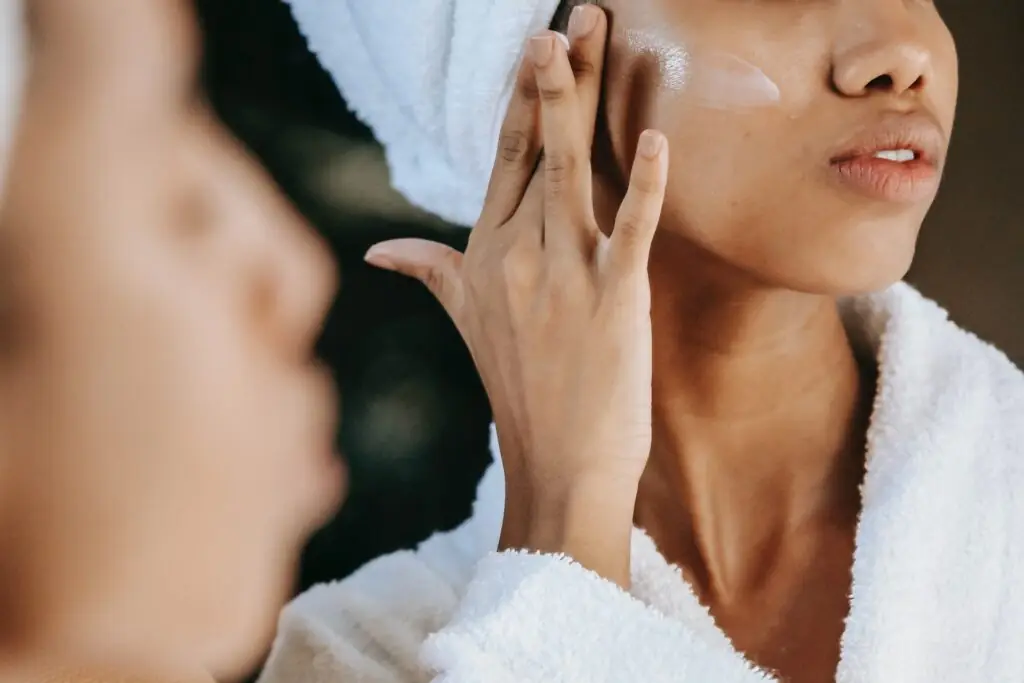
Lastly, practice sun protection by applying sunscreen every day before stepping out into the sun. Sunburn causes inflammation, which triggers acne flare-ups leading to underskin pimple swelling. Look for a broad-spectrum sunscreen that protects against both UVA and UVB rays with SPF 30 or higher.

Consider Professional Treatments
If you’ve tried all the common remedies but have gotten no results, it may be time to consider professional treatments. These methods are designed specifically to remove pimples without causing damage or irritation.
We will not be going over the different types of treatments offered by healthcare professionals. Why? Because you need to consult a dermatologist or other certified professional first. They’re the ones that will assess what approach to use based on your individual needs and skin type.
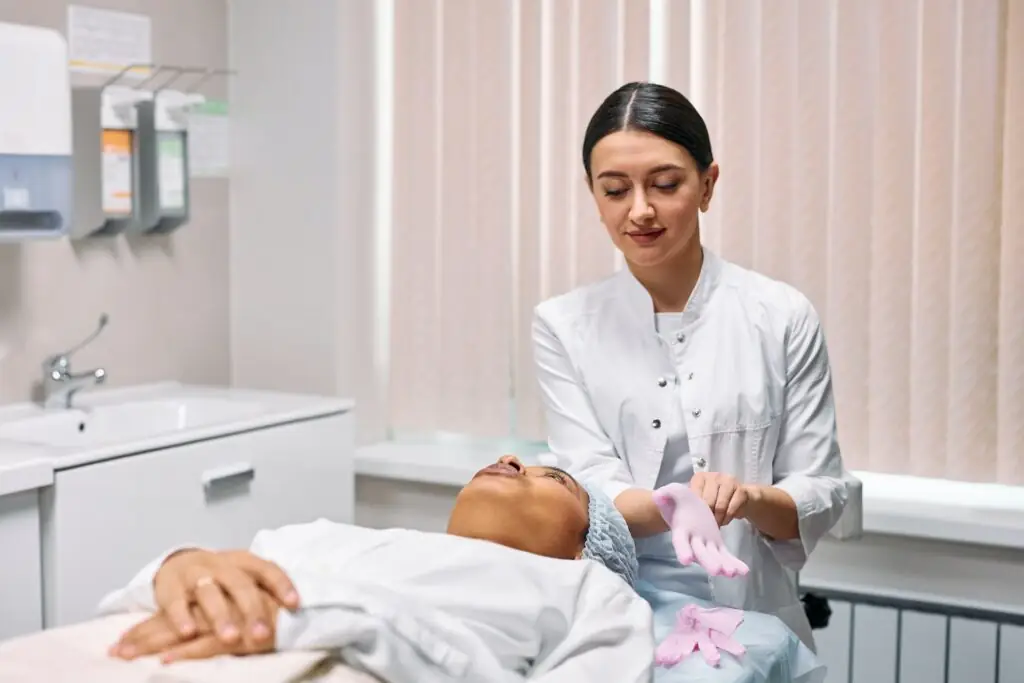
Do not try to administer these types of treatments on your own. There are serious risks involved. The last thing you need is a visit to the emergency room because you scarred your skin or had a serious allergic reaction. If something requires a prescription, it’s probably a good sign you need to consult a doctor before you can use it.
Never Fail to Do Research
Here is the most common mistake people make when looking up how to reduce pimple pain and swelling with home remedies: they fail to do research.
It’s truly a grave mistake to start using any remedy without first understanding your own skin and its needs. Just because someone recommends a solution that works for them does not mean it will work for you. Unless your skin type, genetics, lifestyle, and other factors are the same, you will have different needs.

Learn your skin type and also look up what each ingredient does. It may seem like a hassle, but you’ll get better results. Don’t deal with the fallout of mistakes by avoiding them in the first place.
Conclusion
In conclusion, the question of how to reduce pimples swelling is not as complicated as it may seem. All you need is some simple tips and tricks. Use ice to bring down the inflammation, and try over-the-counter treatments such as benzoyl peroxide or salicylic acid. If these options don’t work for you, consider professional treatments.

Remember that everyone’s skin is different, so it may take some trial and error to find what works best for you. Lastly, keep in mind that reducing pimple swelling takes time and patience. You won’t see results overnight, so don’t get discouraged if you don’t notice a difference right away. Consistency with a proper skincare routine will ultimately lead to healthier-looking skin in the long run — just remember to stay calm and resist the urge to pick!